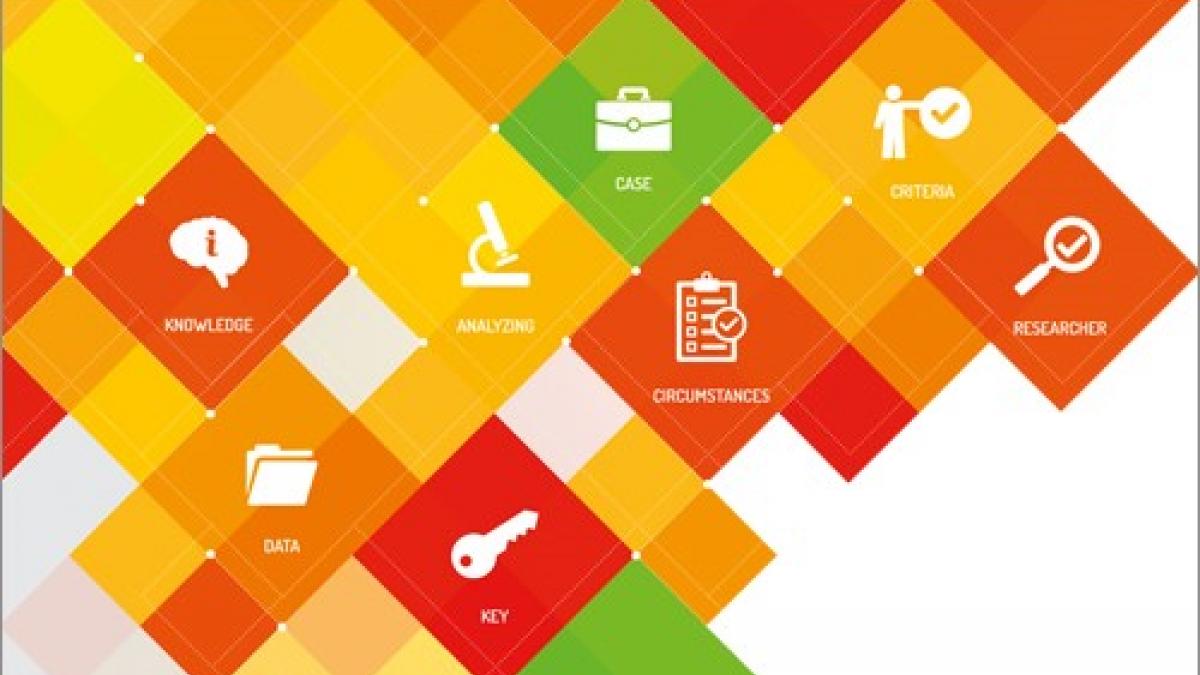Louise Hunt reports on a CSP initiative that showcases examples of innovative practice.

Since the CSP launched its first online database of case studies last September, the resource is growing at a healthy rate and has already fed into an NHS England report.
The idea to collate proven examples of successful physiotherapy initiatives came from repeated suggestions from members, explains Kirsten Bradbury, a CSP assistant director. ‘They wanted a way of being able to share their successes in physiotherapy and read about others’ successes. The idea was to build a collection of case studies around the country and in different areas of physiotherapy practice, so we developed an online database and set up a process of quality assurance,’ she notes.
Ms Bradbury says this resource is different because, although there are many physiotherapy case studies out there, they tend to be ‘snapshots of practice with individual patients’, whereas this resource is intended to showcase projects that are proven successes, have longevity and are replicable.
‘Projects have to have been running for 12 months or more and have the evidence to prove their success, showing, for example, cost-savings or improvements for patients. ‘It’s not a quick process, but it is a supported one. People apply online, we then follow-up with questions and gathering evidence or references. We seek the member’s approval before the case study is published online,’ she explains.’
There were 15 case studies in the database by mid-February, and another 10 are in the pipeline. As well as being a way to promote services and a source of inspiration for practitioners, the resource is also intended to be used as a bank of examples for the CSP’s work in promoting and influencing on behalf of the profession. ‘That’s already starting to happen,’ adds Ms Bradbury. Three of the case studies on the site were used in the NHS England Allied Health Professions into Action report, published at the end of January. See here for more details.
‘The first tranche of case studies focused on first point of contact for musculoskeletal physiotherapy as there was already a good body of evidence and it tied into the CSP’s work in this area,’ says Ms Bradbury. ‘We are now seeking case studies from all areas of physiotherapy practice.’
She hopes other members will read the case studies and find out what’s happening in their area. ‘If you have a successful initiative that has been running for at least 12 months, you could consider submitting a case study. It’s a supported process that we will help members with,’ she adds. ‘This is an opportunity to promote innovative services and share your success.’
Case study example: Bradford
Ms Bradbury highlights what is believed to be the first dedicated student- supervised neurological physiotherapy clinic in the UK, which is reducing waiting lists and giving students an opportunity to learn working directly with patients in a safe environment. It was set up in October 2015 by physiotherapy lecturer Nicole Lavin at the University of Bradford.
The primary aim of the clinic is to provide an experiential learning environment for levels 5 and 6 students from the undergraduate physiotherapy course. The secondary aim is to provide an assessment, review and treatment to local service users with neurological problems who are seeking further physiotherapy within a learning environment. Patients can self-refer and pay £20 for an assessment and £10 for follow-ups to cover overhead costs.
The clinic is currently held one evening a week with places for four students who are supervised by a physiotherapy lecturer with a clinical background in neurological physiotherapy. There is only one patient in the clinic at any one time and up to four students.
‘It has been shown that having real patients is an effective method of promoting deeper learning within neurological physiotherapy,’ said Ms Lavin in the case study. ‘Having a relaxed (unassessed) but fully supervised environment allows students to assess, accommodate and assimilate information alongside clinically reason and justify treatment decisions in a supportive environment.’
Results of student questionnaires showed that 94 per cent felt that their confidence in relation to assessing and treating people with neurological conditions had improved following their attendance at the clinic. All patients questioned said they would recommend the service to family or friends.
Case study example: Brighton
A physio virtual fracture clinic at Brighton and Sussex University Hospital is thought to have saved £250,000 a year on unnecessary visits to the hospital for outpatient follow-ups. ‘That’s a big chunk of money and, as it’s a successful new way of working, it may be something that could be replicated elsewhere,’ says Ms Bradbury.
The project, which started in 2013, provides follow-up assessment, videos and acute rehab advice for self-management without the patient needing to return to hospital.
This, says Ms Bradbury, is in line with the wider NHS aim of treating patients in the right place at the right time. The service has given direct access to physio. A total of 10, 000 patients have been treated virtually with an average of 4,200 a year.
After winning the NHS Innovation Best Practice Adoption category 2015-16, the next stage is collaborating with NHS England to develop a ‘plug and play’ model that can be replicated across the NHS using an online patient management portal. fl
Author
Louise HuntNumber of subscribers: 3




































